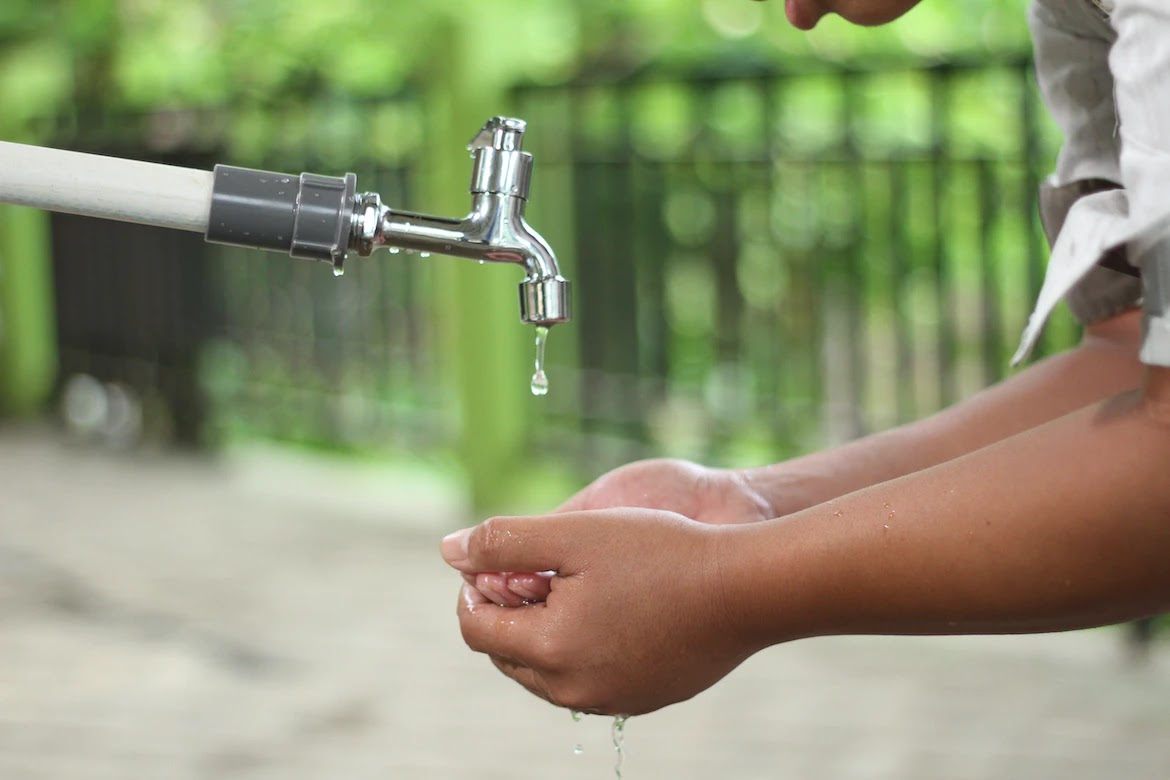Regular maintenance of water sources: Members of the community could ensure that water sources such as boreholes, wells, and water treatment facilities are regularly maintained. This includes checking for leaks, ensuring that water storage tanks are properly cleaned, and ensuring that water quality is regularly tested.
Water conservation: Members of the community could promote water conservation practices such as fixing leaks, using low-flow showerheads, and turning off taps when not in use. This can help to ensure that the available water resources are used efficiently and sustainably.
Community education: Members of the community could be educated on the importance of clean and safe water, how to access it, and how to use it safely. This could be done through community meetings, workshops, and awareness campaigns.
Community-led water management: Members of the community could take an active role in managing their water resources. This could involve forming water committees to oversee the maintenance of water sources, water quality testing, and community education.
Collaboration with local authorities: Members of the community could work with local authorities to ensure that clean and safe water is provided to all community members. This includes advocating for better infrastructure, regular maintenance of water sources, and access to information on water quality testing results.
Recycling and reusing water: Members of the community could recycle and reuse water where possible. This could include collecting rainwater and using it for non-potable purposes such as gardening, washing, and cleaning.






No comments
Post a Comment